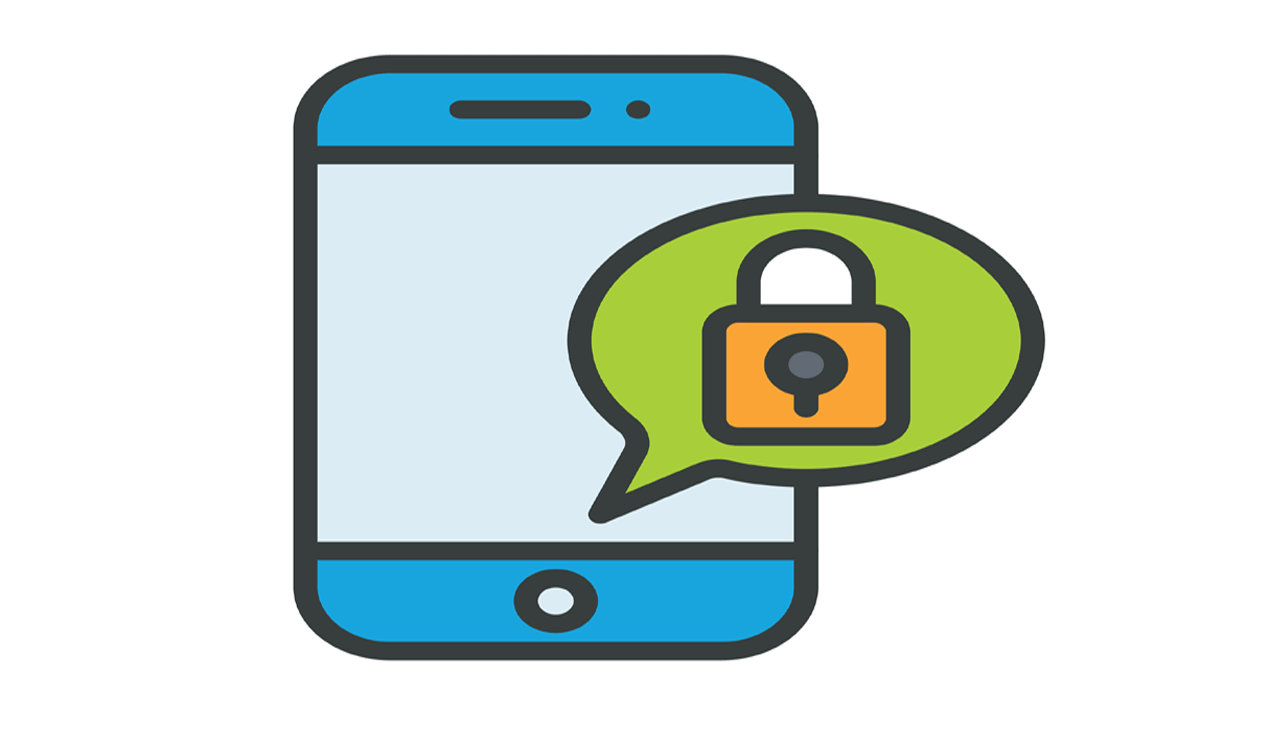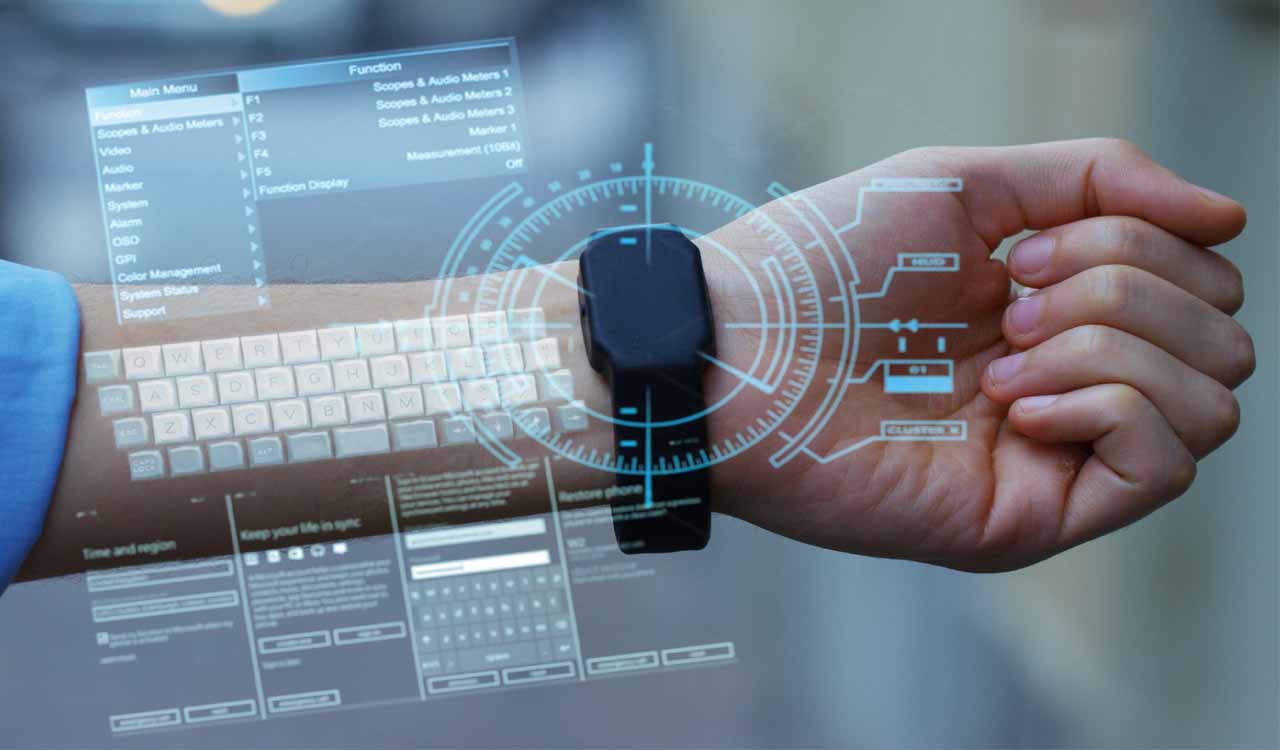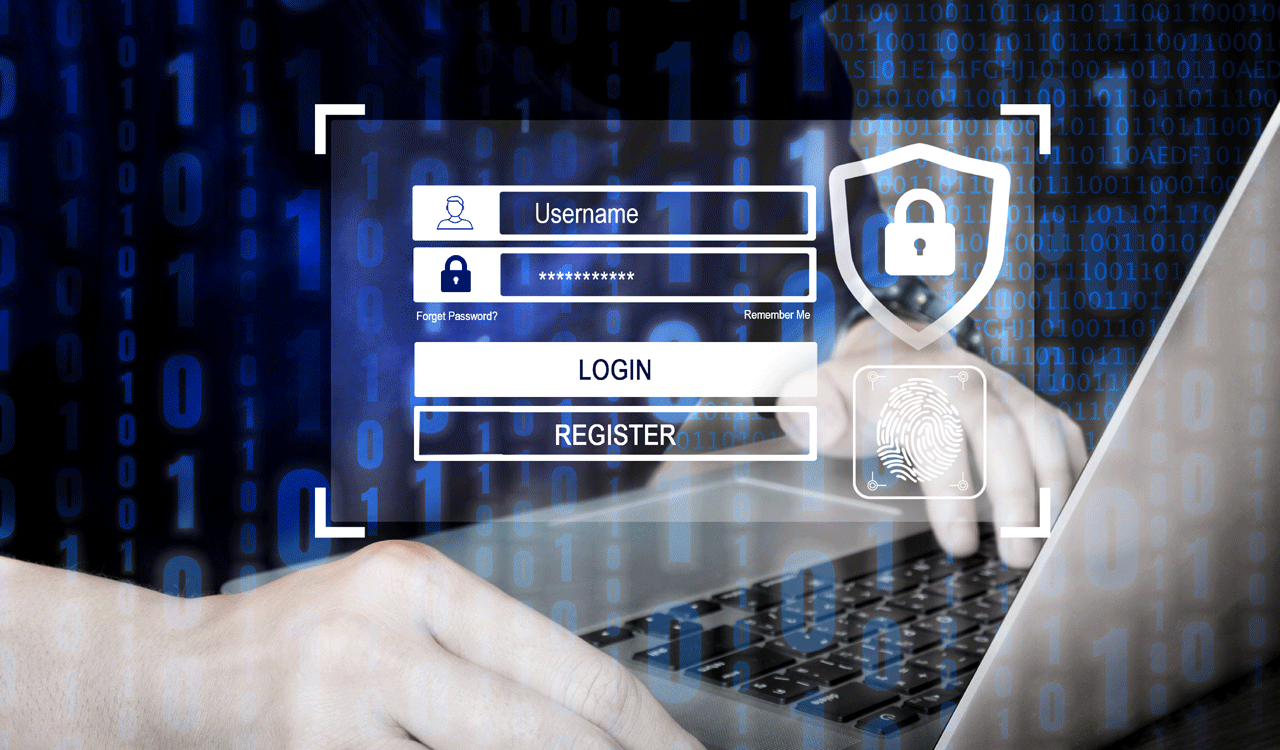Data Security: Five simple steps to prevent data breaches and staying safe
Cber security firm suggests these five simple steps to protect your data on servers, following the data breach in Ministry of Defense and the subsequent offer to sell the data for $3000 by hackers.

Hyderabad: Data breaches have become order of the day, with hackers employing different tools to breach the servers, get hold of the data and offer it for monetary considerations on the dark web. In a recent incident, the data from the Ministry of Defense was allegedly compromised and was offered for sale on undergroud fora for $3000.
According to a cybersecurity organisation, CyberPeace, the compromised data included sensitive information like names, phone numbers, personnel codes, passwords, and more. Preliminary probe indicated that the breach occurred due to a vulnerability in the National Informatics Centre (NIC) systems, leading to an SQL security breach, CyberPeace said in a press release on Wednesday.
The data breach incident raised serious concerns about the security measures in place to protect critical data and also emphasized the need for enhanced cybersecurity protocols and immediate remediation efforts.
CyberPeace said it was imperative for organizations, especially those handling critical government data, to continually assess and strengthen their security frameworks. “CyberPeace is also working closely to investigate the breach and prevent future incidents. They are committed to helping organizations improve their cybersecurity posture and protect against emerging threats” said Major Vineet Kumar, Global President and Founder of CyberPeace.
The organisation has recommended the these remedial measures to prevent any data breaches. Here are the five steps”
1. Change Passwords: All affected personnel are advised to change their passwords immediately and use strong, unique passwords for different accounts.
2. Enable Multi-Factor Authentication (MFA): Implement MFA to add an extra layer of security to accounts.
3. Monitor Accounts: Keep a close watch on financial and other sensitive accounts for any unauthorized activity.
4. Update Software: Ensure all systems and applications are up-to-date with the latest security patches.
5. Educate Employees: Conduct regular cybersecurity training sessions to educate employees about phishing attacks and other security threats.
Related News
-
Hyderabad auto driver foils attempt to kidnap young woman, five held
3 mins ago -
Haiti gang attack on journalists covering hospital reopening leaves 2 dead, several wounded
1 hour ago -
21 dead as Mozambique erupts in violence after election court ruling
2 hours ago -
Cartoon Today on December 25, 2024
9 hours ago -
Sandhya Theatre stampede case: Allu Arjun questioned for 3 hours by Chikkadpallly police
10 hours ago -
Telangana: TRSMA pitches for 15% school fee hike and Right to Fee Collection Act
10 hours ago -
Former Home Secretary Ajay Kumar Bhalla appointed Manipur Governor, Kerala Governor shifted to Bihar
10 hours ago -
Hyderabad: Organs of 74-year-old man donated as part of Jeevandan
10 hours ago




